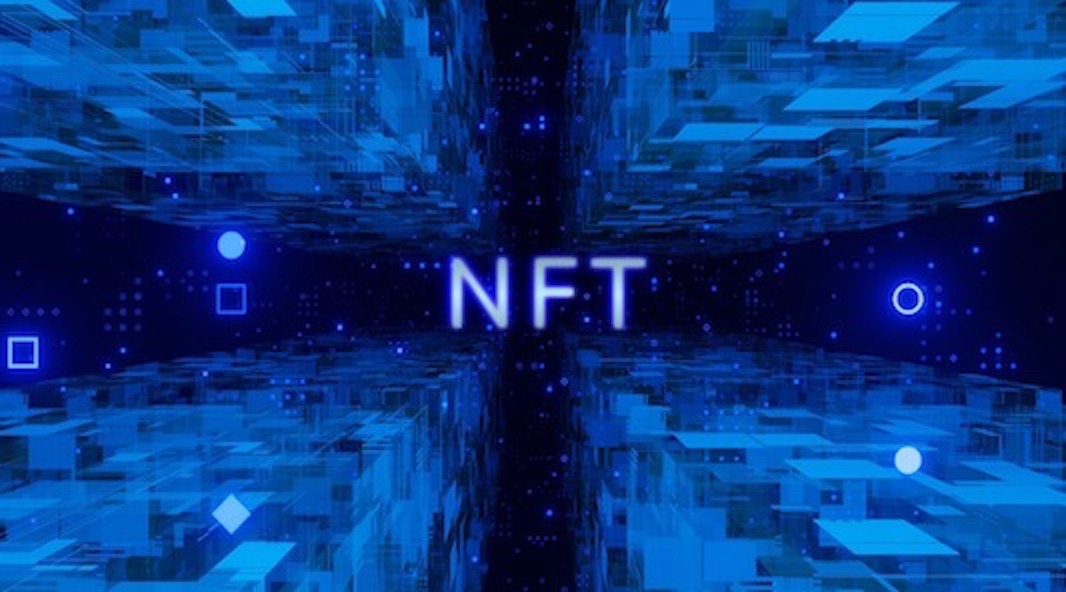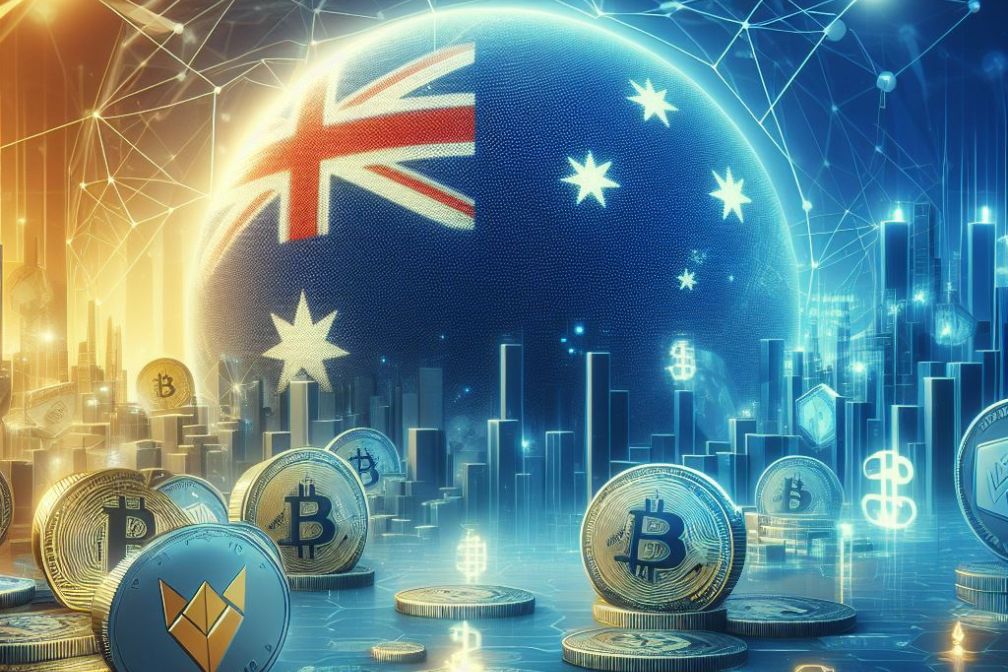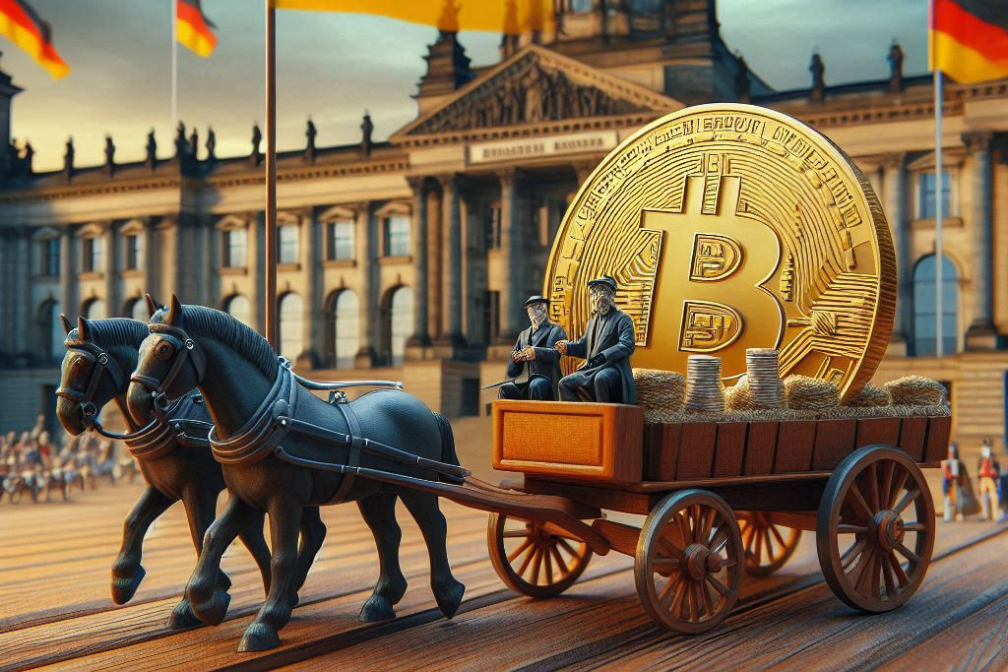The Exciting Future of Non-Fungible Tokens (NFTs): Shaping the Digital World and Beyond

Non-fungible tokens (NFTs) are transforming the digital world and industries from art to gaming to investing. NFTs are unique digital assets that have value because they are non-fungible, meaning they cannot be replaced by anything else. They are built on blockchain technology, which offers the ability to provide solutions to challenges associated with money creation and transfer. NFTs have disrupted the traditional digital economy by providing a way to verify ownership of digital assets, which can include art, music, and games, with an authentic certificate created by blockchain technology.
The future of NFTs is bright, with leading metaverse companies like Decentraland and Sandbox using NFTs to tokenise everything from usernames to in-game wearables to real estate. Twitter, Meta, and Reddit are all working on NFT projects, investors are betting big on NFTs, and new NFT startups are cropping up every day. NFTs have the potential to democratise investing and shape the future of luxury retail products and experiences.
This article explores the exciting future of NFTs, including 11 NFT trends shaping the future of non-fungible tokens, the role of NFTs in the art world and asset ownership, and how NFTs are transforming the world through their ability to digitise anything and everything. It also discusses the potential of NFTs to fractionalize physical assets like real estate, making it much easier to divide a digital real estate asset among multiple owners than a physical one.
NFTs are unique digital assets that have value because they are non-fungible and built on blockchain technology. They are transforming the digital world and beyond by providing a way to verify ownership of digital assets, democratising investing, and shaping the future of luxury retail products and experiences.
What are some innovative uses of NFTs beyond art and gaming?
Non-fungible tokens (NFTs) are not just for art and gaming. Here are some innovative uses of NFTs beyond art and gaming:
- Building communities: NFTs are part of the Web3 concept, a new vision for the future of the Internet built on the idea of community. NFTs could be used to evidence ownership of an item, which could help the technology gain even more mainstream acceptance in the coming years.
- Fashion and wearables: NFTs can be used to represent ownership of unique fashion items, such as limited edition sneakers or designer clothing.
- DeFi NFTs: NFTs can be used in decentralised finance (DeFi) to represent ownership of assets such as real estate or stocks.
- Events and ticketing: NFTs can be used to represent ownership of event tickets, which can help prevent fraud and scalping.
- Intellectual property: NFTs can be used to protect intellectual property and patents by allowing owners to prove ownership of any piece of content.
- Real estate: NFTs can be used to simplify and speed up real estate transactions, enable smart contracts for properties, or even decentralise home rental services all while protecting data such as credit card or bank details.
- Collectibles: NFTs can be used to represent ownership of unique collectibles, such as rare books or vintage items.
- Identity verification: NFTs can be used to verify identity, such as passports or driver's licenses.
- Education: NFTs can be used to represent ownership of educational certificates or degrees, which can help prevent fraud and ensure authenticity.
NFTs have many innovative uses beyond art and gaming. They can be used to build communities, represent ownership of fashion and wearables, facilitate DeFi, ticketing, and real estate transactions, protect intellectual property, verify identity, and represent ownership of educational certificates or degrees.
How are NFTs being used in the art world?
NFTs have disrupted the traditional art world by creating new opportunities for artists to monetise their digital creations. By selling NFTs of their artwork, artists can establish ownership and receive royalties every time the NFT is resold on the secondary market. NFT marketplaces are much easier to use than traditional art galleries and brokers, giving new artists access to niche markets. The future of NFTs in the art world is still uncertain, but many experts predict that they will continue to play an important role in the industry. As more artists and collectors become familiar with NFTs, we can expect to see new and innovative ways of using them in the art world, such as the creation of virtual art galleries, interactive digital art installations, and even augmented reality experiences.
In addition to art, NFTs have many other innovative use cases beyond art and gaming. They can be used to build communities, represent ownership of fashion and wearables, facilitate DeFi, ticketing, and real estate transactions, protect intellectual property, verify identity, and represent ownership of educational certificates or degrees. However, NFTs are not without their challenges. The extreme ease of creating NFTs has created a tension between the scarcity they theoretically represent and the shocking superabundance of NFTs hitting the market.
NFTs have transformed the traditional art world by creating new opportunities for artists to monetise their digital creations and establishing ownership and royalties for their work. NFTs have also many innovative use cases beyond art and gaming, such as building communities, representing ownership of fashion and wearables, facilitating DeFi, ticketing, and real estate transactions, protecting intellectual property, verifying identity, and representing ownership of educational certificates or degrees. However, the hype around NFTs has created a tension between the scarcity they theoretically represent and the superabundance of NFTs hitting the market.
What are some examples of successful NFT art sales?
NFTs have revolutionised the art world, allowing artists to monetise their digital creations and establish ownership and royalties for their work.
Here are some examples of successful NFT art sales:
- Beeple's "The First 5000 Days" NFT sold for $69 million.
- Mike Winkelmann, also known as Beeple, sold his "Intertwined Plasma" NFT for $50,000 on Nifty Gateway.
- The Fidenza NFT collection by Tyler Hobbs made at least $177 million from secondary sales alone.
- Digital artist Sarah Zucker had over $274,000 in NFT sales in 2021.
- Matt Kane sold his "Right Place & Right Time" NFT for over $100,000.
- Christie's auctioned an NFT of a piece co-created by Marguerite deCourcelle, which sold for $101,593.
While these high-profile sales represent a small minority of NFT sales, most NFT art sells for the kinds of prices you would expect other good art to sell for. However, NFTs can allow digital artists to earn royalties on all future sales each time their NFT changes hands, which can be coded into the original smart contract. The aggregated sales per month on NFT marketplaces was roughly $77.5 million in February 2021.
NFTs have transformed the traditional art world by creating new opportunities for artists to monetise their digital creations and establishing ownership and royalties for their work. While high profile sales like Beeple's "The First 5000 Days" NFT represent a small minority of NFT sales, most NFT art sells for the kinds of prices you would expect other good art to sell for.
What are some challenges that need to be addressed in order for NFTs to become more widely adopted?
Despite the potential of non-fungible tokens (NFTs) to revolutionise the way we think about digital assets, there are several challenges that need to be addressed in order for NFTs to become more widely adopted. Here are some of the main challenges:
- Lack of understanding: One of the most significant challenges facing NFT adoption is the lack of understanding about what NFTs are and how they work. While the concept of a digital asset that is unique and verifiable may be familiar to some, many people still struggle to grasp the full potential of NFTs.
- High cost and hidden fees: The number one problem with NFTs right now is that they cost a lot of money to create. Most NFTs are created on the Ethereum blockchain, which is expensive to use because users pay Ethereum miners a “gas fee” to make their transactions. Additionally, there are often hidden fees associated with NFT transactions that can be difficult to understand.
- Environmental concerns: The high-energy consumption of blockchain technology has raised concerns about the environmental impact of NFTs. The Ethereum blockchain, which is used to create most NFTs, requires a large amount of computing power compared to many other coins, which could be unsustainable in the long run.
- Fragmented user experience: The NFT ecosystem is still fragmented, with many different marketplaces and platforms competing for attention. This can make it difficult for users to navigate the space and find the NFTs they are looking for.
- Security and privacy issues: NFTs are vulnerable to hacking and theft, which can lead to significant financial losses for users. Additionally, the public nature of blockchain technology can raise concerns about privacy and data protection.
- Governance considerations: The decentralised nature of blockchain technology can make it difficult to establish clear rules and regulations for NFTs. This can lead to confusion and uncertainty for users and investors.






